We are privileged to present a cabinet of striking beauty, an eloquent example of Boulle marquetry, a technique of unparalleled intricacy and visual impact. Popularized by André-Charles Boulle (1642-1732), cabinetmaker to the Sun King Louis XIV, this spectacular inlay method enjoyed a golden age in the 17th and 18th centuries before experiencing a notable resurgence in the 19th century, the period during which this piece was likely created. This revival under Napoleon III, in particular, sought to recapture the magnificence of earlier eras, integrating proven techniques with a renewed taste for grandeur and erudition.
The Subtle Art of Boulle Marquetry and Precious Materials:The cabinet showcases a compelling combination of brass and ebony veneers, creating a dramatic and luminous interplay of light and shadow, characteristic of the Boulle aesthetic. This technique involves simultaneously cutting multiple sheets of contrasting materials (here, shimmering brass and deep ebony) to create perfectly interlocking patterns, sometimes allowing for the creation of a "première partie" (where brass is the main motif on an ebony ground) and a "contre-partie" (the inverse). The complex interaction of these noble materials confers exceptional depth and visual texture to the entire piece.
The front of the cabinet is sumptuously adorned with elaborate motifs, both geometric and floral, reflecting the period's taste for lush decoration and designs inspired by nature or antiquity. Every detail testifies to the meticulousness and expertise required by this demanding craft.
The Brilliance of Gilt Bronze (Ormolu) Mounts:The brass and ebony are magnified by the addition of sumptuous gilt bronze mounts (more commonly known as ormolu). These finely chased decorative elements present a rich repertoire of complex scrollwork, delicately worked acanthus leaves, and other ornamental motifs. Gilt bronze au mercure (mercury gilding), though technically demanding, was the preferred method in the 19th century to achieve this durable and brilliant gilded finish, which simultaneously protected and enhanced the furniture. These mounts are not merely decorative; they also protect the vulnerable edges and joints of the cabinet, underscoring functionality in the service of art.
Intelligent Design and Decorative Impact:The cabinet is likely equipped with a single door, potentially concealing a secret compartment or a drawer, adding both functionality and intrigue to its elegant design. This practical aspect, often sought after in 19th-century furniture, integrates perfectly with its refined aesthetic. The overall effect is one of timeless elegance and undeniable sophistication, characteristic of the finest examples of antique French furniture.
Key Features & Acquisition Potential:
Authentic Boulle Marquetry: The cabinet proudly displays the distinctive and intricate patterns of Boulle marquetry, a prestigious technique that unites brass and ebony in a striking dialogue of light and shadow.
Original Gilt Bronze (Ormolu) Mounts: The integration of sumptuously crafted ormolu mounts enhances the visual appeal of the piece and imparts an unparalleled touch of luxury.
Exceptional Craftsmanship: The meticulous execution of the marquetry, the precision of the casting, and the chasing of the gilt bronze mounts attest to the exceptional skill of the artisans involved, inheritors of a tradition of excellence in cabinetmaking.
Highly Sought-After Collector's Item: As a beautiful example of Boulle marquetry, a technique that has transcended centuries, this cabinet is a highly prized piece by collectors and represents a sound investment for enthusiasts of antique French furniture.
Striking Visual Impact: This cabinet is designed to be a central element, capable of transforming the ambiance of any distinguished interior with its majestic presence and historical refinement.


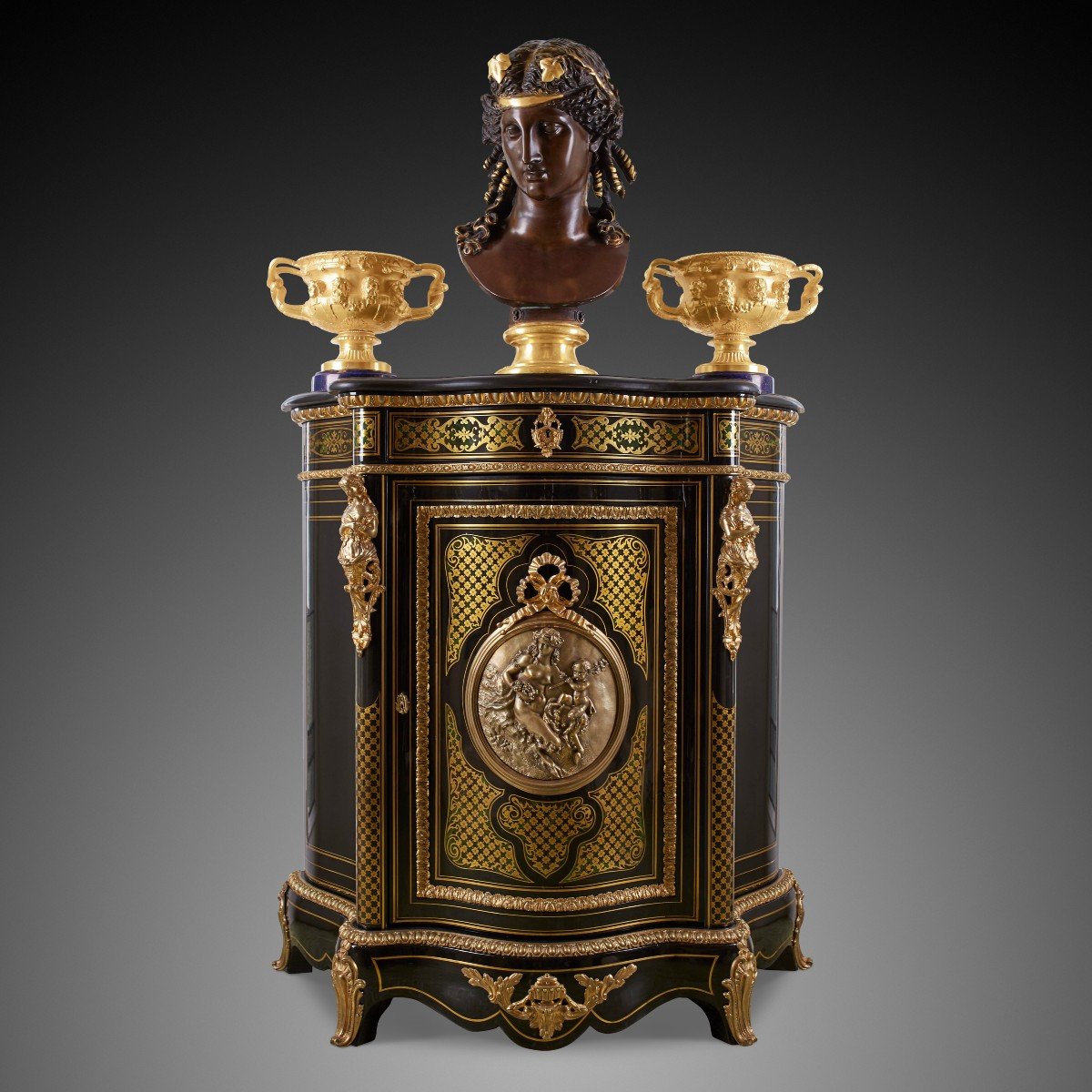
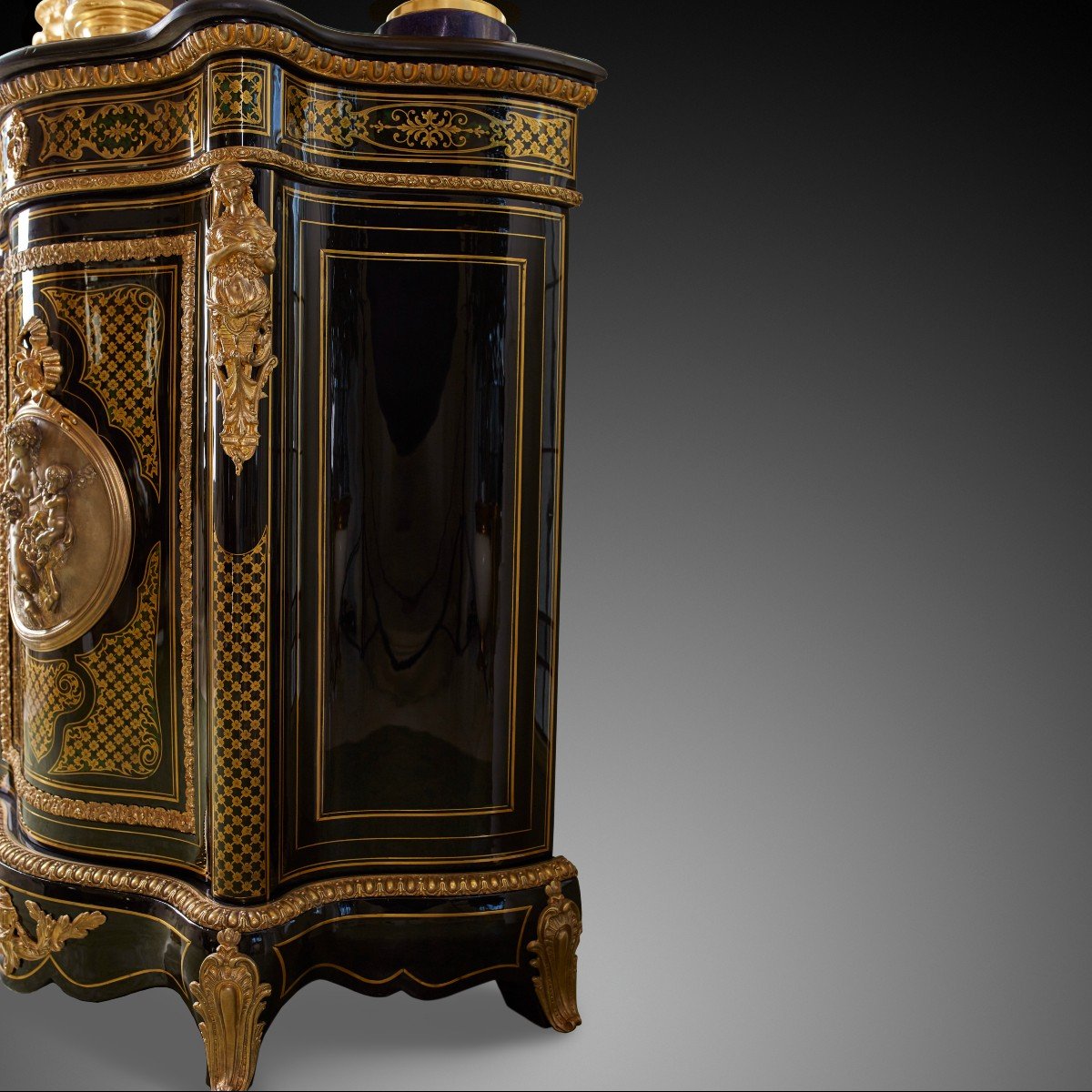
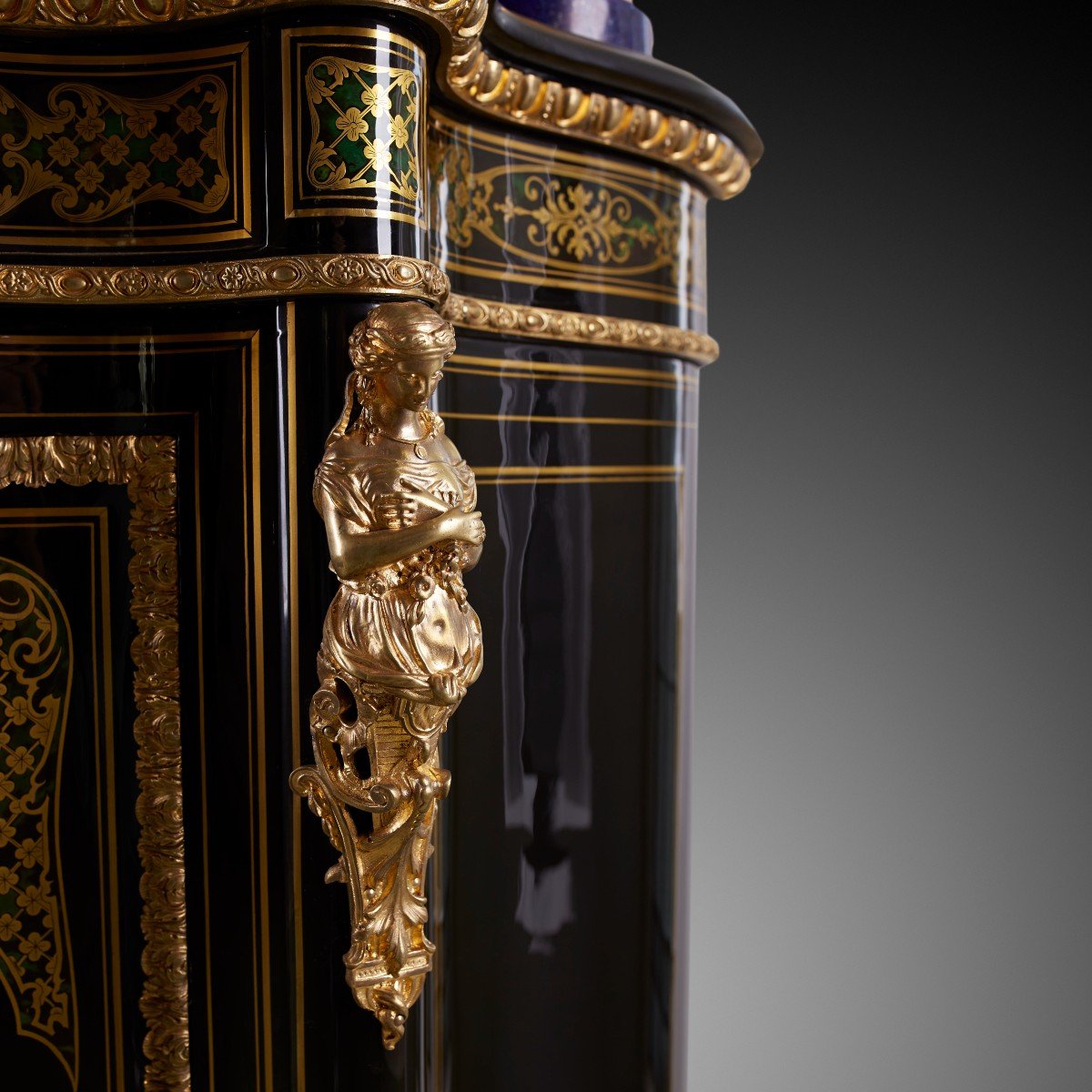

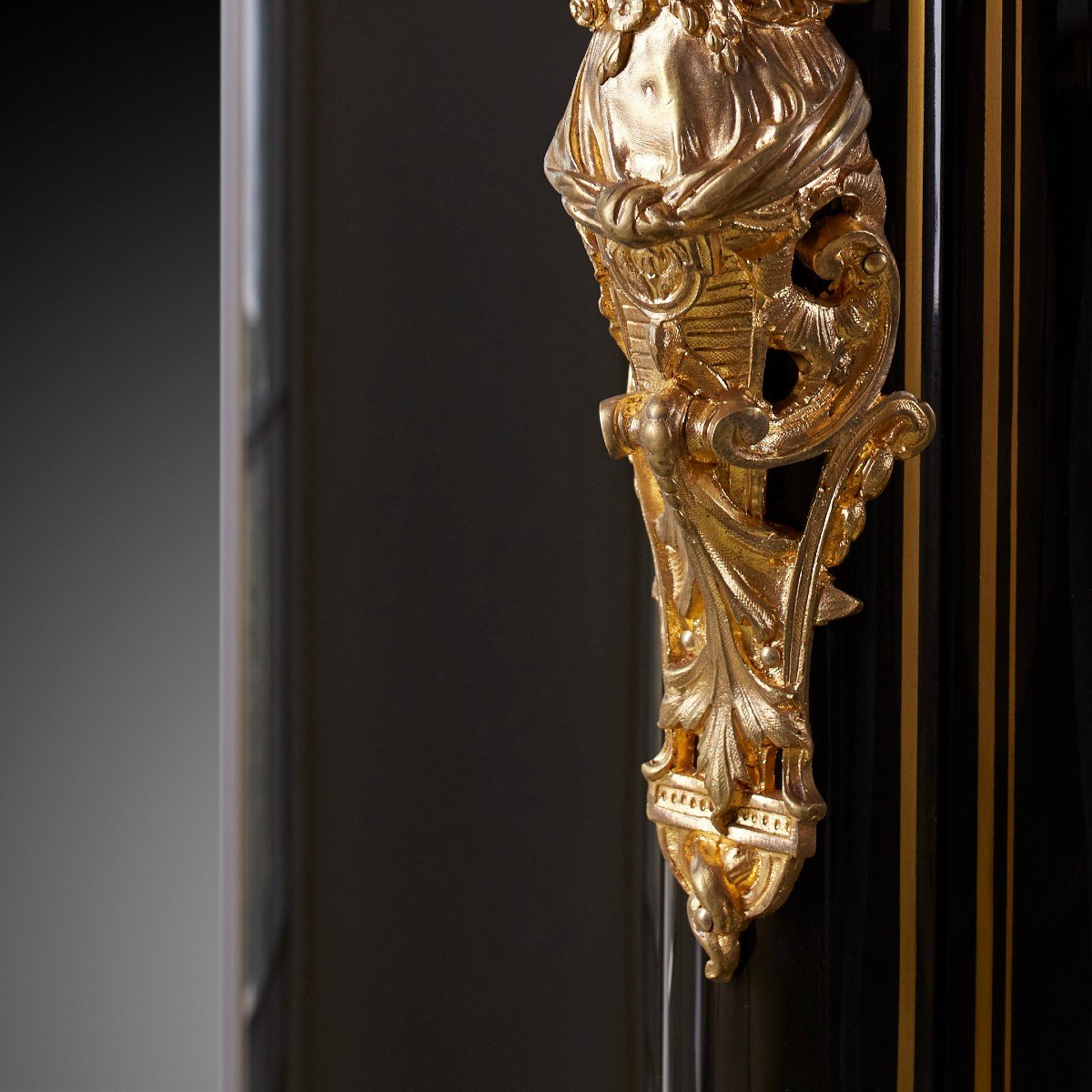
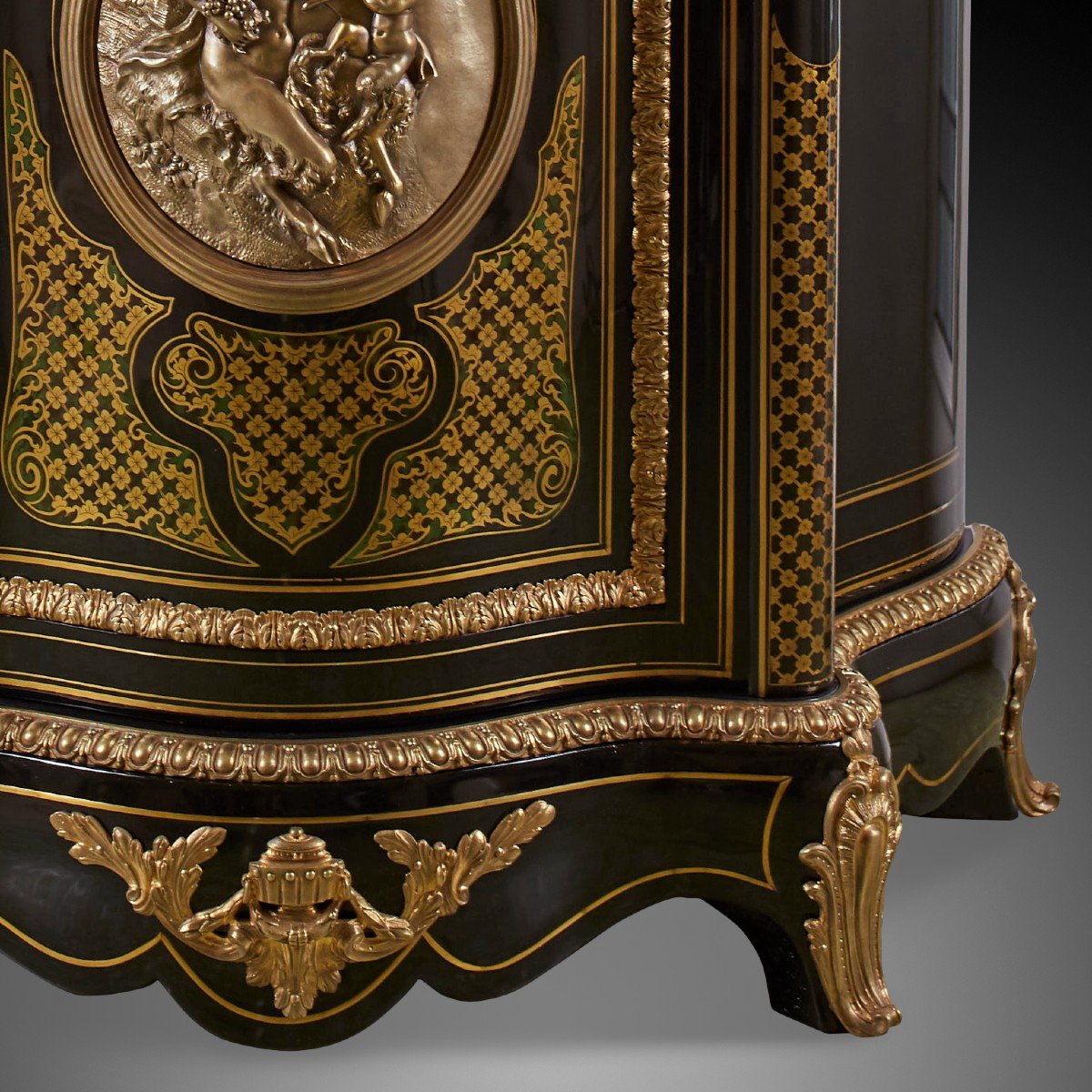
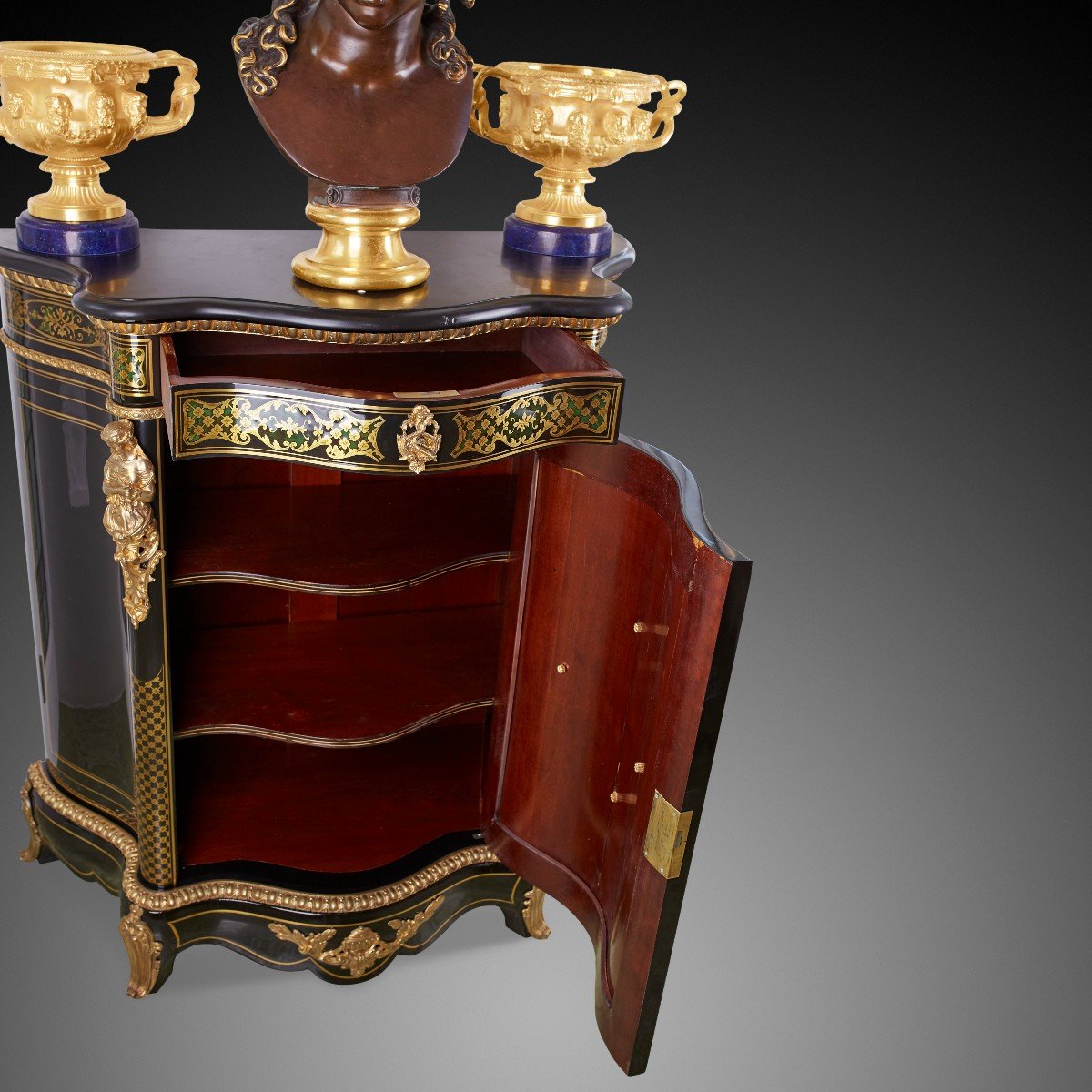
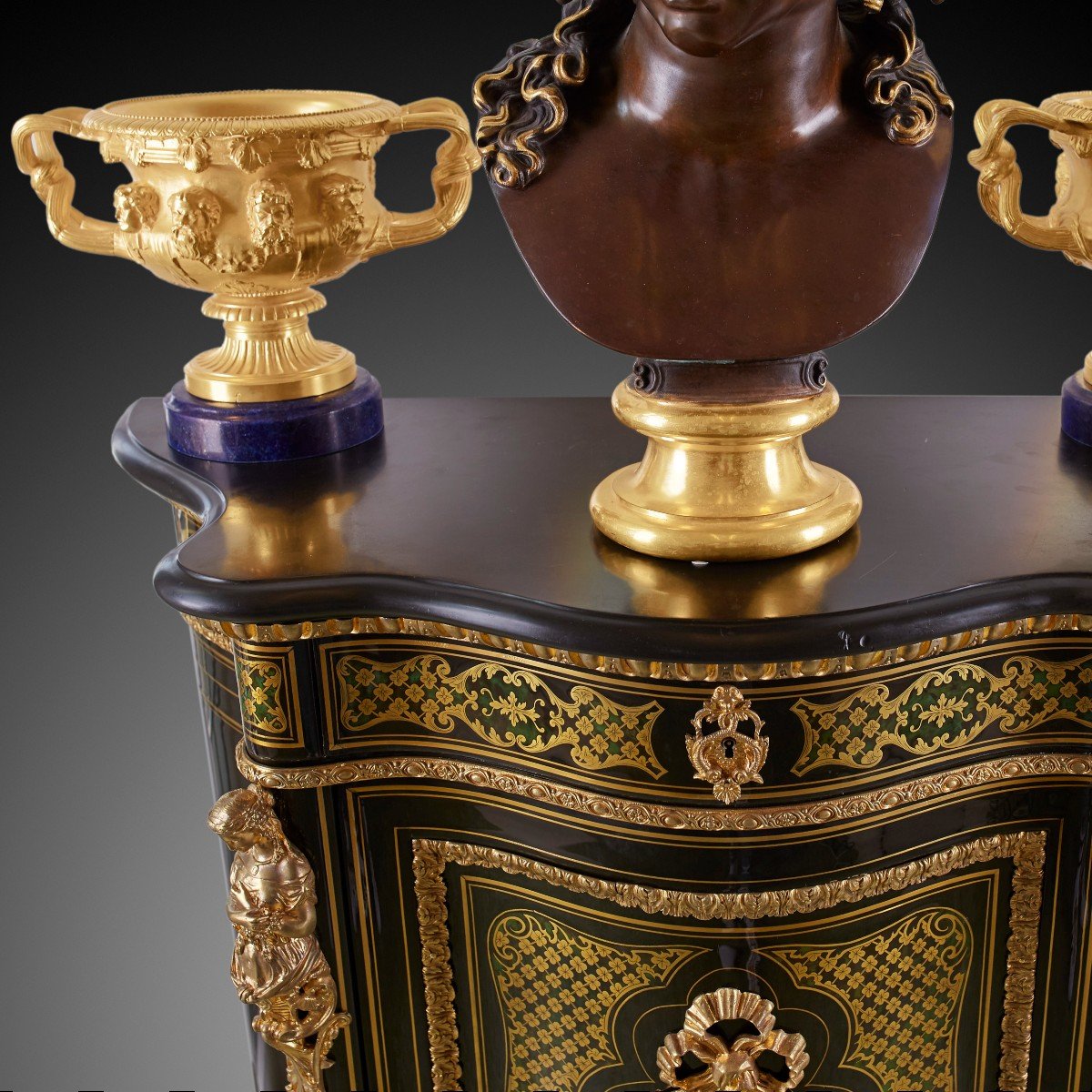
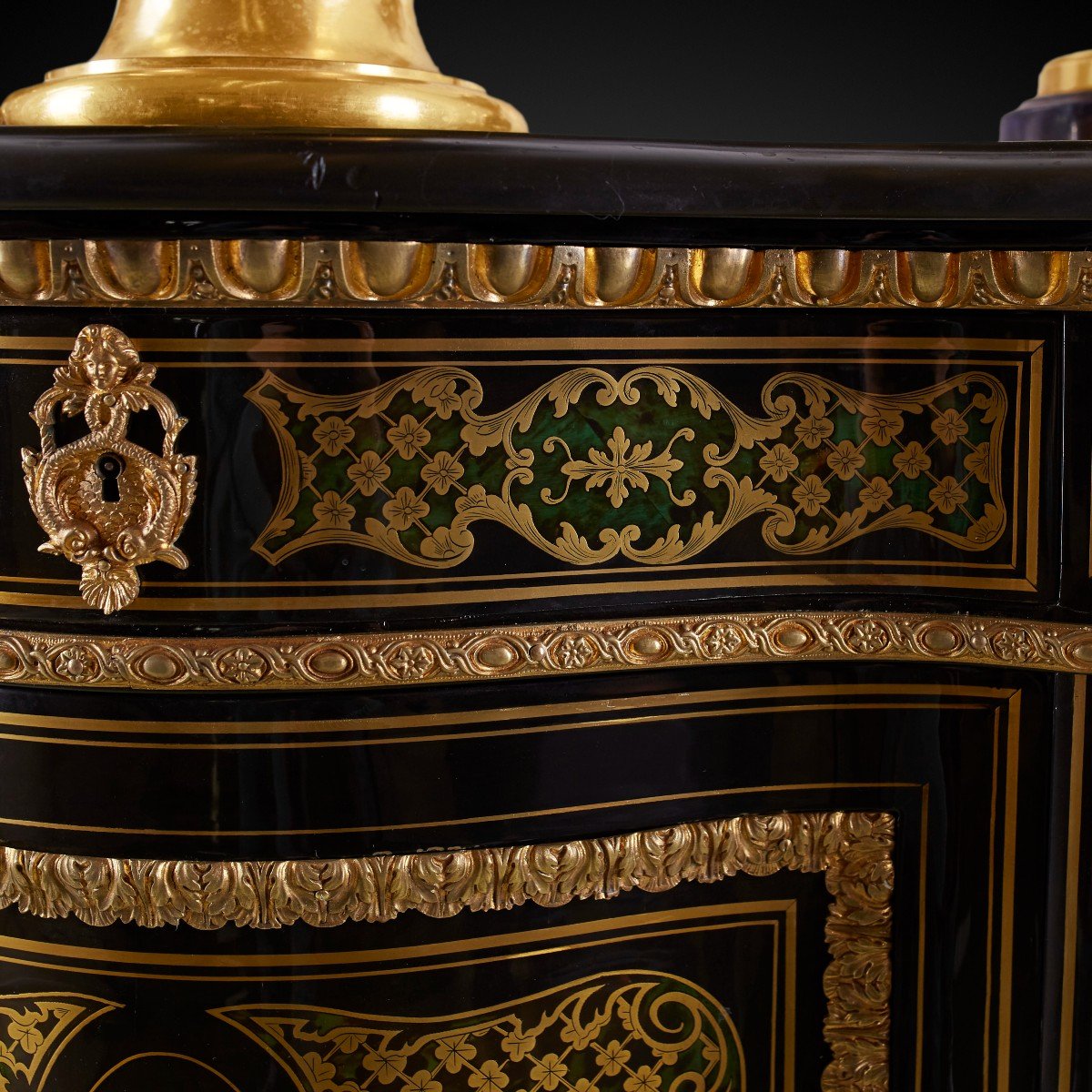
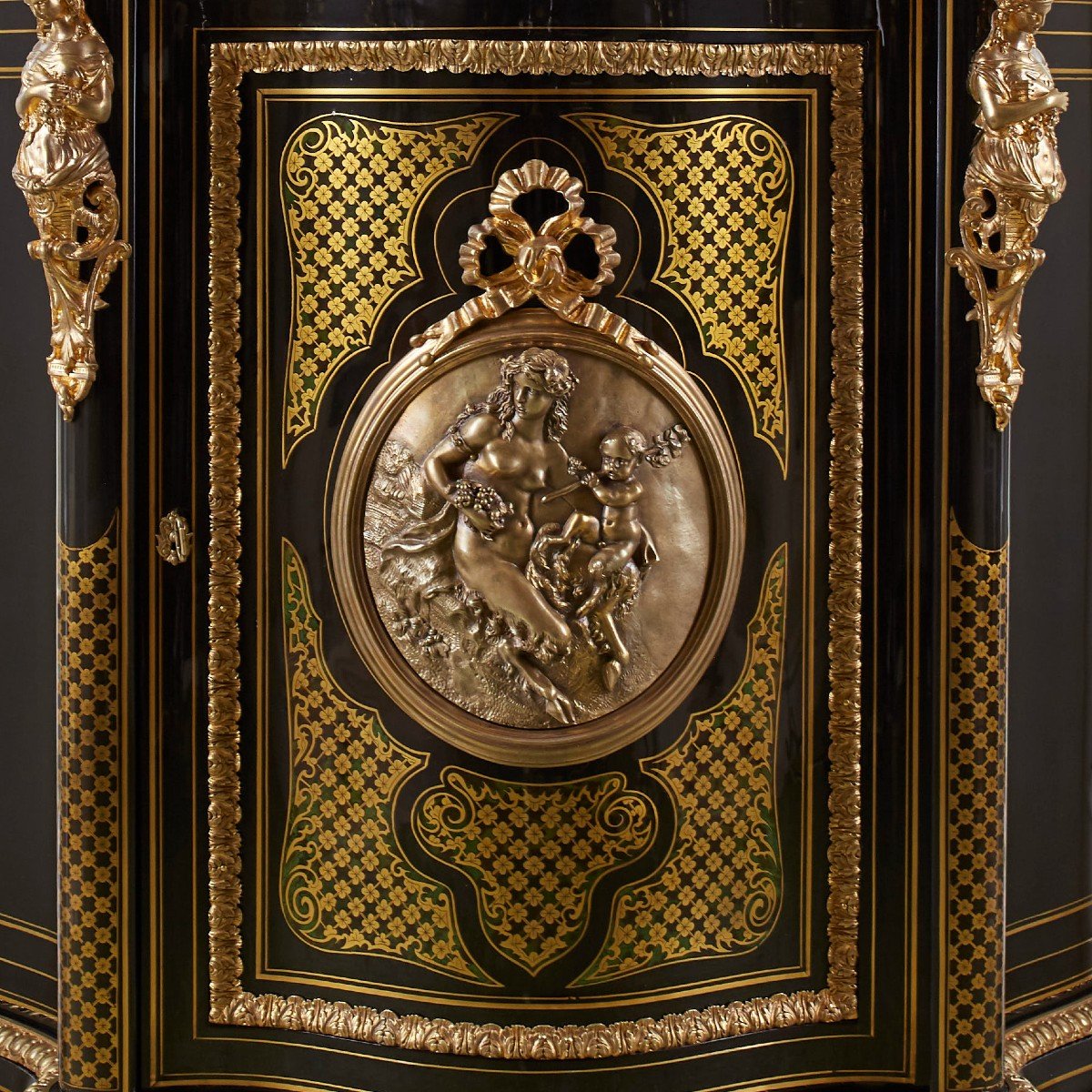
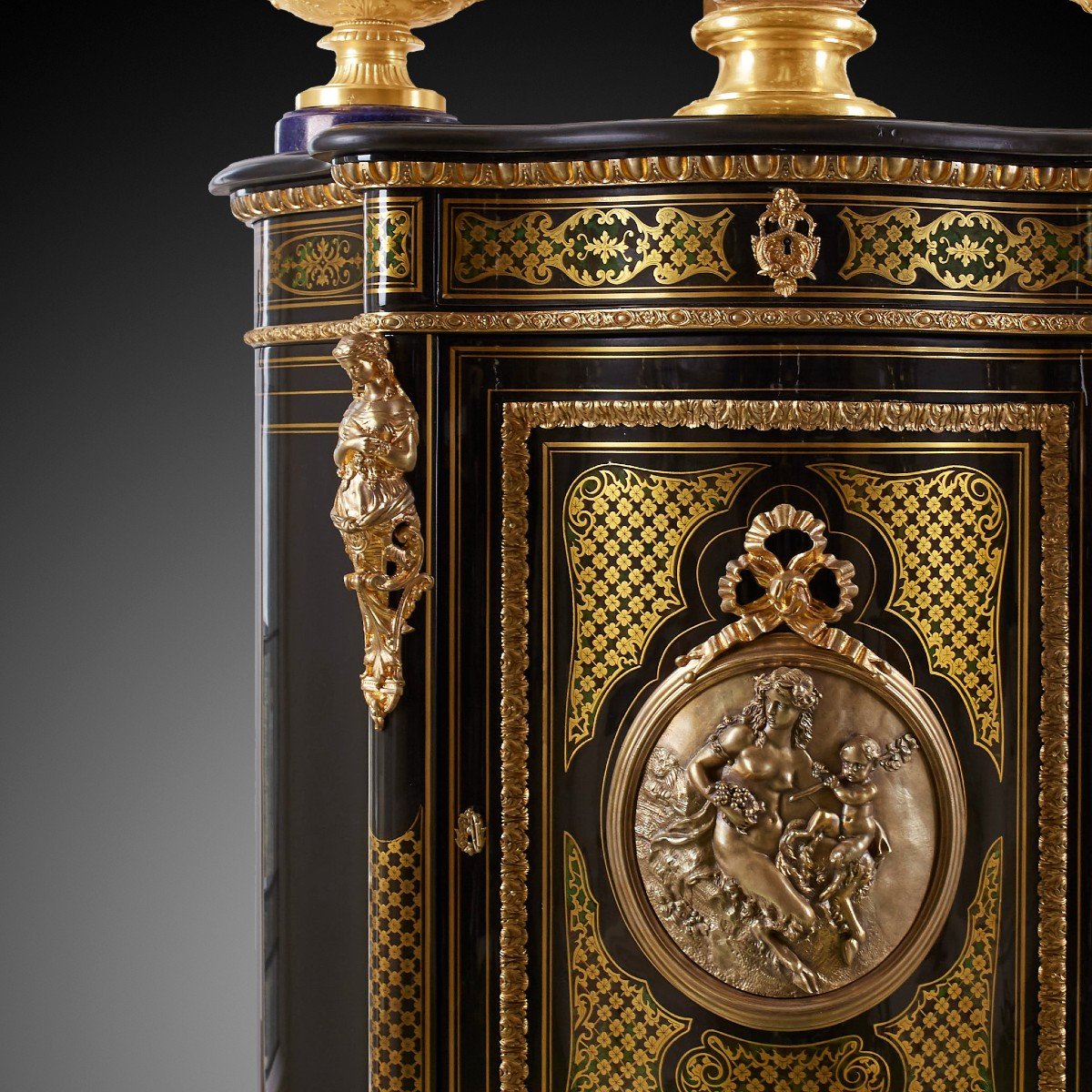












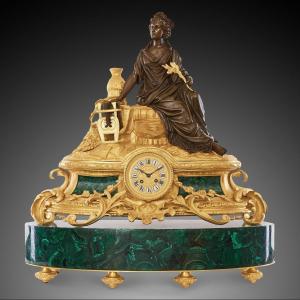
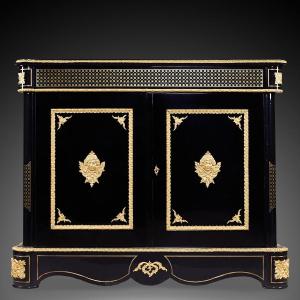


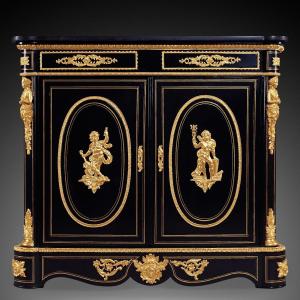


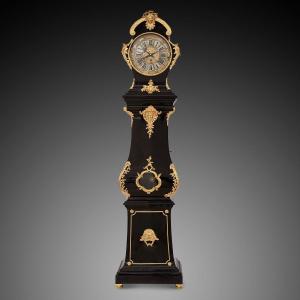
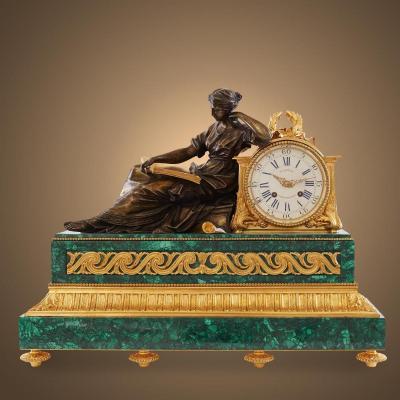



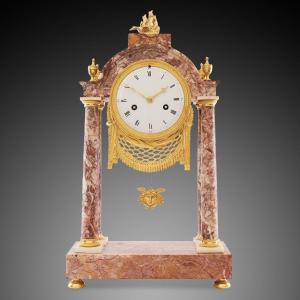

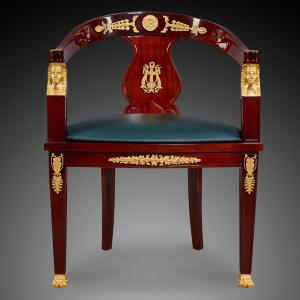
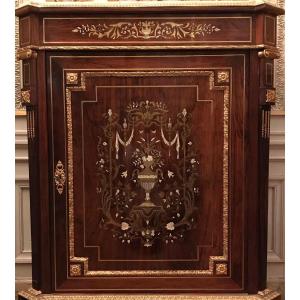
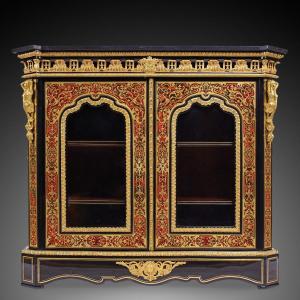






 Le Magazine de PROANTIC
Le Magazine de PROANTIC TRÉSORS Magazine
TRÉSORS Magazine Rivista Artiquariato
Rivista Artiquariato